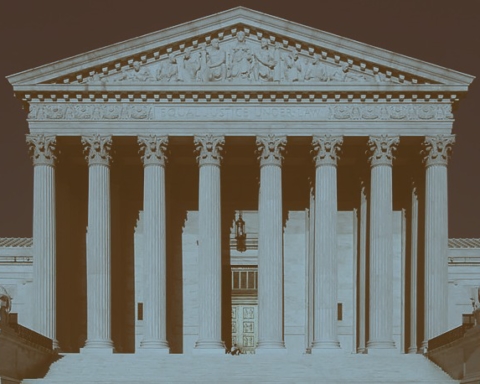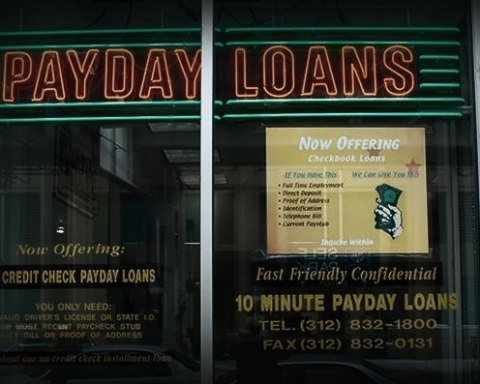Federal Reserve Governor Jerome Powell expressed an interest in slowing down the pace of activity on the US Treasuries market nearly one year after wild short-term fluctuations in it caused considerable panic.
Powell said Tuesday that a move by the US government away from a market system based on running transactions could mute the impact of high-frequency trading–a key contributor to the so-called Oct. 15, 2014 “flash crash.”
“There may be adaptations of this market structure that could give greater emphasis to liquidity provision rather than a never-ending competition for more speed,” he said, referring to the central limit order book system that currently governs the market.
Singling out two proposals, Powell said he would consider advocating minimum time limits on requests for transactions and a move away from the central limit book order that “provides for continuous trading.”
He characterized the ideas as “emphasiz[ing] greater liquidity provision, and particularly more stable liquidity provision, over speed.”
“In my view, we should be prepared to accept some increase in the cost of market making in order to improve our overall financial stability,” he also noted.
US Treasuries were first traded on a central limit book order system after the Government Securities Act of 1986 was signed into law. The market for Treasury bills had been, up until that point, largely unregulated.
Speaking at a conference on the US bond market at the Federal Reserve Bank of New York, Powell urged policymakers to not overlook lingering worries about the ability of the Treasuries market to withstand sudden, intense stress.
“[T]he value of any security, even a US Treasury, will reflect not just its inherent credit risk but also investors’ faith in the markets where it is traded,” he said. “We need investors to have full faith in the structure and functioning of Treasury markets themselves.”
On Oct. 15, 2014, Treasury bonds experienced their fourth greatest one-day fluctuation in history—a development most remarkable for its timing, according to an inter-agency report on the event.
“Intraday changes of greater magnitude have been seen on only three occasions since 1998 and, unlike October 15, all were driven by significant policy announcements,” the report noted. It was authored by the Department of Treasury, the Federal Reserve Board of Governors, the New York Fed, the SEC and the CFTC, and published in July.
The investigation noted that firms using “algorithmic trading” on Oct. 15, 2014 made up about three-quarters of “total trading in both the cash and futures markets, up from about 50 percent on ‘normal’ days.”
On Tuesday, Powell said the US bond market structure has also been impacted by post-2008 financial regulation, banks’ own risk assessments after the crash, and “the increasing importance of mutual funds and other asset managers.”
Regulators and lawmakers have, in recent weeks, expressed concern about the impact of mutual funds and asset managers on market liquidity. In September, the SEC voted unanimously to propose a rule that would force mutual funds and exchange-traded funds to be more transparent about their withdrawal policies. Late last year, a report published by Treasury’s Office of Financial Research noted that ETFs and mutual funds have grown by a factor of five since 2008 to become collectively worth $622 billion. The paper attributed the growth to the fact the “nonbank entites…are not directly regulated by banking supervisors.”
In August, Powell made similar but less assured comments about the need to regulate the bond market in a speech in Washington.
“[S]ome recent commentators propose frequent batch auctions as an alternative to the central limit order book, and argue that this would lead to greater market liquidity. Others have argued that current market structures may lead to greater volatility, and suggested possible alterations designed to improve the situation,” he said. “To be clear, I am not embracing any particular one of these ideas. Rather, I am suggesting that now is a good time for market participants and regulators to collectively consider whether current market structures can be improved for the benefit of all.”






